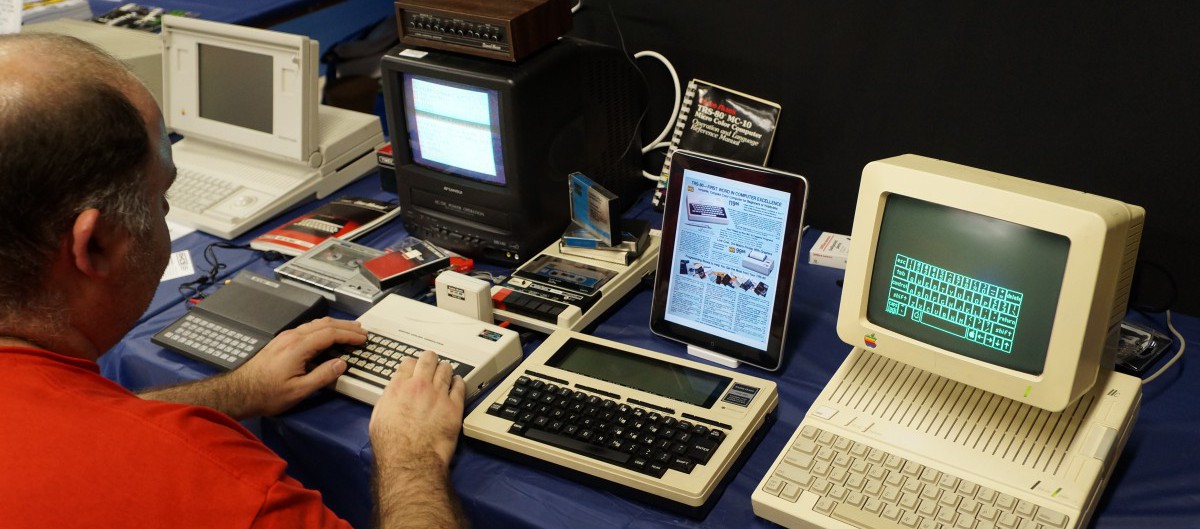During the first ten minutes of class, write a summary memo of your reading of Jones and Haffner, Understanding Digital Literacies, Chapter 1. Specifically focus on terminology and the five kinds of affordances and constraints. We will discuss these things after you’ve had a chance to reflect on the reading and post your summaries as a comment to this blog post. Remember that with these beginning of class writing assignments I am looking for your best effort within the time allowed.
4 thoughts on “Beginning of Class Writing: Jones and Haffner, Understanding Digital Literacies, Chapter 1”
Leave a Reply
You must be logged in to post a comment.




To: Professor Ellis
From: Ashley Dunlap
Date: 2/16/2016
Re: Beginning of Class Writing: Chapter 1
In Chapter 1 “Mediated Me” examined many aspects of how digital literates affect our human existence. All tools have affordances and constraints that affect almost every aspect of human behavior. There is an emotional impact that technology has had on each of our lives that we are not necessarily aware of. The themes that are prominent throughout the chapter are the many ways that social actions are mediated through cultural tools and technology. The idea of technological dystopianism is highly prevalent in today’s culture as shown in the decline in proper communication skills that many younger generations face.
To: Jason W. Ellis
From: George Gordon
Date: February 16, 2016
Subject: Understanding Digital Literacies, Chapter 1
It is brought up how much of what we do today is done by or through a digital means and this affects what we are able to do, what we mean, how we relate to others, what we think, and affect who we are. These devices have become tools for us to communicate and interact with the world. However, these device brought with them affordances and constraints. Basically by creating and utilizing these new tools, the tools end up changing what they were created to do.
The devices we us use allow us to do things we couldn’t normally do or have done in the past, but change their meanings, thanks to the internet, where we can link other information to an article and explore more than what was normally available. As well as, by allowing us to do more things, we end up not being able to do others, which isn’t bad, as it can allow us to create a new methods to fix these issues.
To: Professor Ellis
From: Christopher Navarrete
Date: 2/16/2016
Re: Chapter 1 Summary
Chapter 1 mainly discusses how technologies or medias affect our relationships, identities, behavior, our thinking process, and the way we make meaning. First, the only way to obtain any of the above is by using Technologies or tools. These tools create an extension of ourselves, as stated by Marshall McLuhan. For example, the spoon we eat with is an extension of our hand and trains become extensions of our feet. However these tools contain affordances and constraints. Although using a train allows for quick access from point A to point B, it also makes it more difficult to stop along the way and talk with people. Affordances and constraints are not good are bad by default, positives and negatives can come from both. Humans for example, created new tools by finding ways over the constraints.
To: Professor Ellis
From: Rownak Choudhury
Date: 2/18/2016
Re: Chapter 1 Summary
Doing, Meaning, Relating, Thinking, and Being are all important aspects of how technology has affected our lives. We can only think locally (from an individualistic point of view) when we think about the ways that it has affected us, although technology has in fact affected all of society with all of the recent innovations in the past centuries of human existence. Chapter 1 focuses on basically the depth at which technology has affected us. An example would be the association a person makes with technology being an integral part of them. There is an example in the book about how a person would respond positively to ‘knowing’ the time of the day it is before even looking at their wristwatch. In simply wielding a wristwatch, we start to believe that the technology is a part of us. This phenomenon is growing day-by-day as we are increasingly immersing ourselves into the technology around us. New Media, for example.